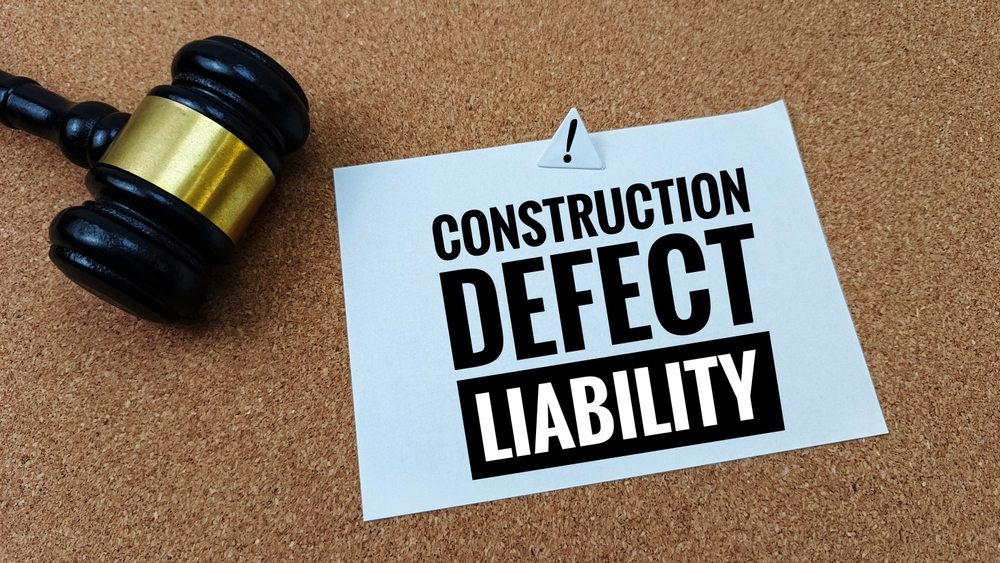

In California, homebuyers have a legal right to ensure that their newly constructed homes meet certain quality standards. The California Right to Repair Act establishes guidelines for builders, contractors, and other professionals involved in residential construction.
The law aims to address and resolve defects or deficiencies in various aspects of home construction. This article breaks down key provisions of the statute, helping homeowners and industry professionals understand their rights and responsibilities.
The Right to Repair Act applies to original construction intended to be sold as individual dwelling units, but not to condominium conversions. It outlines specific standards related to water issues, structural concerns, fire protection, plumbing, electrical systems, and more.
If a construction defect is identified, the builder, contractors, material suppliers, and design professionals may be held liable for damages. Claims are limited to violations of these outlined standards unless exceptions are stated.
Water intrusion is one of the most common causes of damage in residential buildings. The Act sets strict standards to ensure that water doesn’t enter a home where it shouldn’t:
To ensure the safety and longevity of a structure, the Act lays out requirements for key structural components:
Fire safety is a critical component of the Right to Repair Act. Residential structures must comply with government building codes for fire protection:
Properly functioning plumbing and sewer systems are essential for the safety and convenience of a home:
Electrical systems must meet certain standards to ensure proper functionality and occupant safety:
The Act also covers a variety of other construction elements that contribute to the overall quality and safety of the home:
While the Act provides broad protections for homeowners, it also places limits on when claims can be filed:
It’s important to note that builders, contractors, and subcontractors must ensure their work complies with these standards. Any failure to meet these requirements could expose them to liability for damages. However, the law provides a chance for builders to remedy defects before they are sued.
The California Right to Repair Act establishes a framework to ensure that newly constructed homes meet safety, quality, and durability standards. The statute is designed to protect homeowners from defects in construction, while also outlining clear responsibilities for builders, contractors, and other professionals involved in the construction process.
By understanding the standards and limitations set forth by the Act, both homeowners and industry professionals can work together to maintain the integrity of residential construction in California.
Karalynn Cromeens is the Owner and Managing Partner of The Cromeens Law Firm, PLLC, with over 17 years of experience in construction, real estate, and business law. A published author and passionate advocate for contractors, she has dedicated her career to protecting the businesses her clients have built. Karalynn is on a mission to educate subcontractors on their legal rights, which inspired her books Quit Getting Screwed and Quit Getting Stiffed, as well as her podcast and The Subcontractor Institute.

